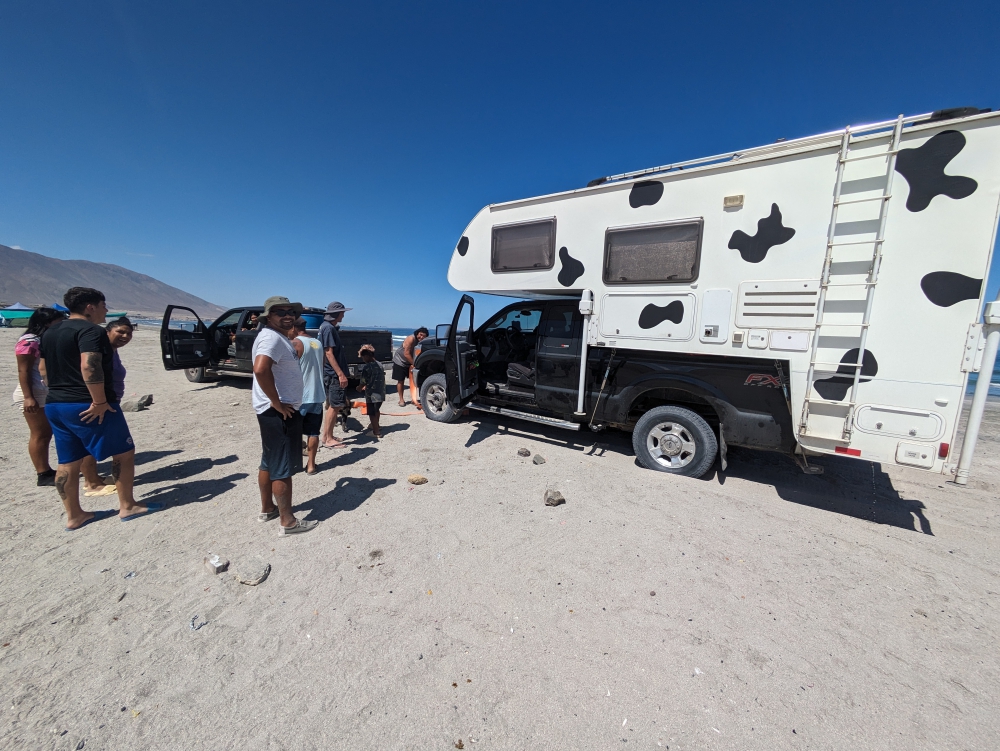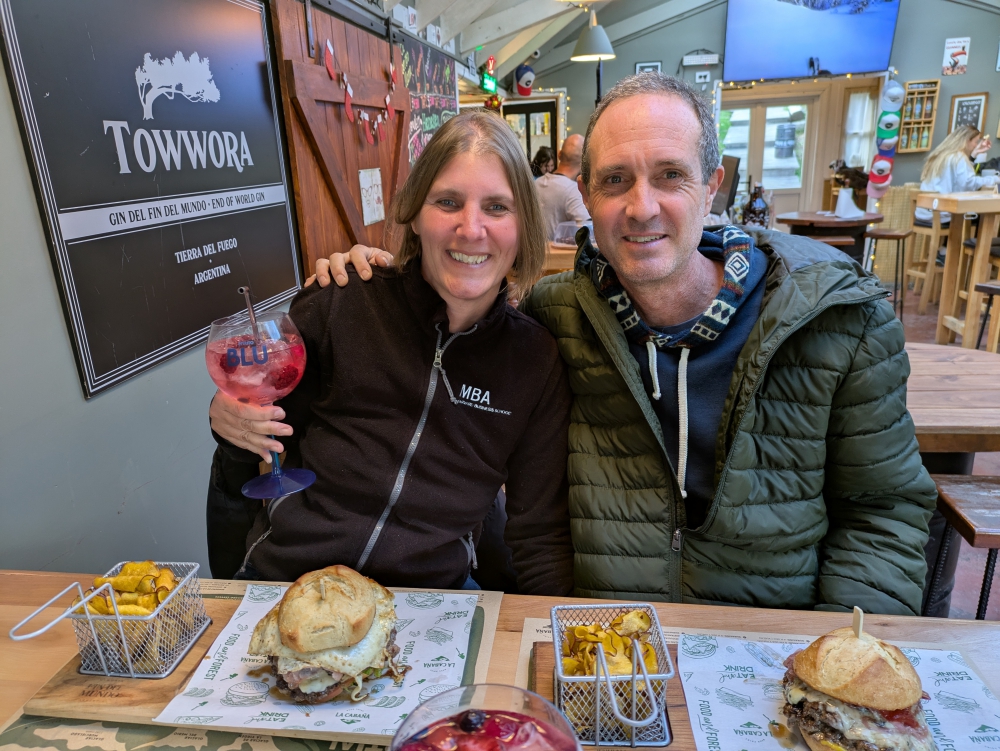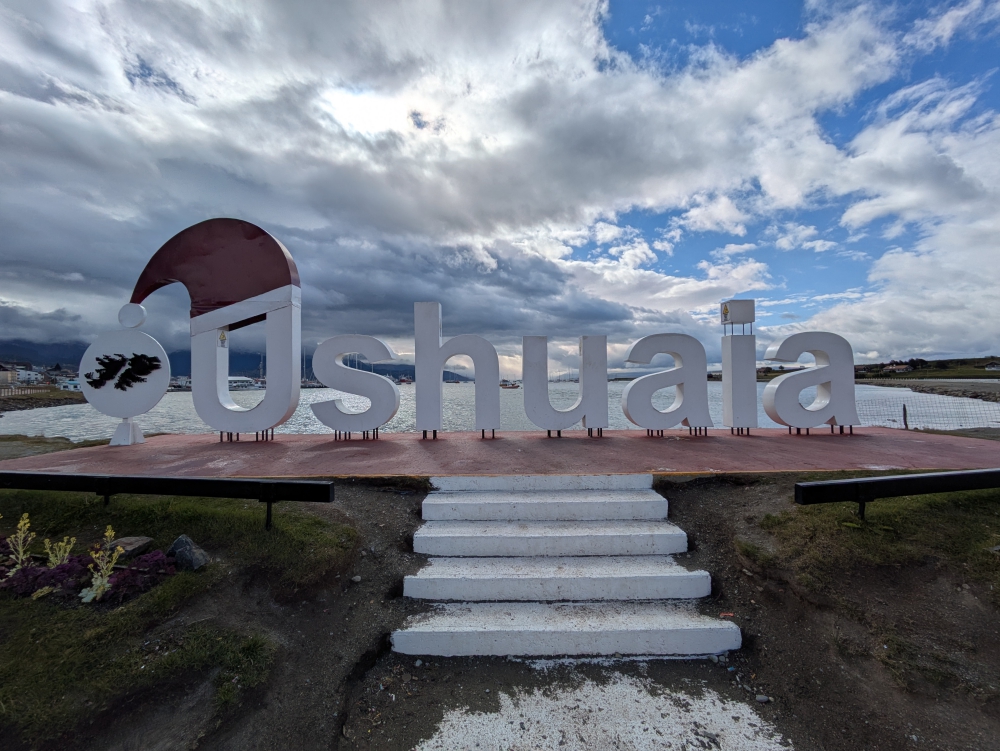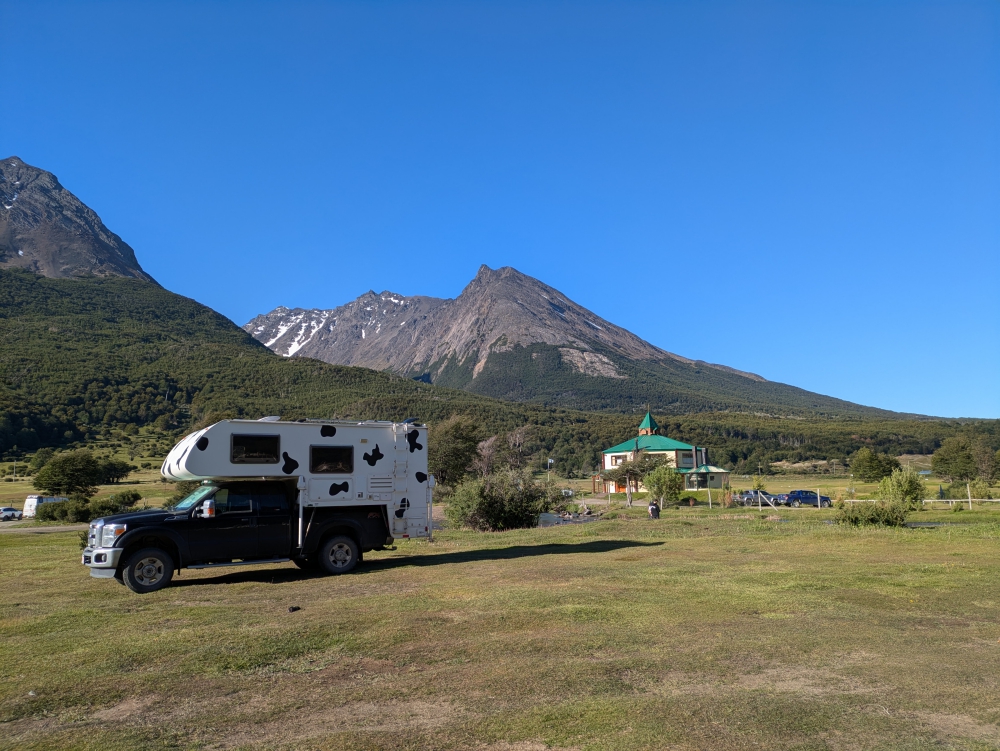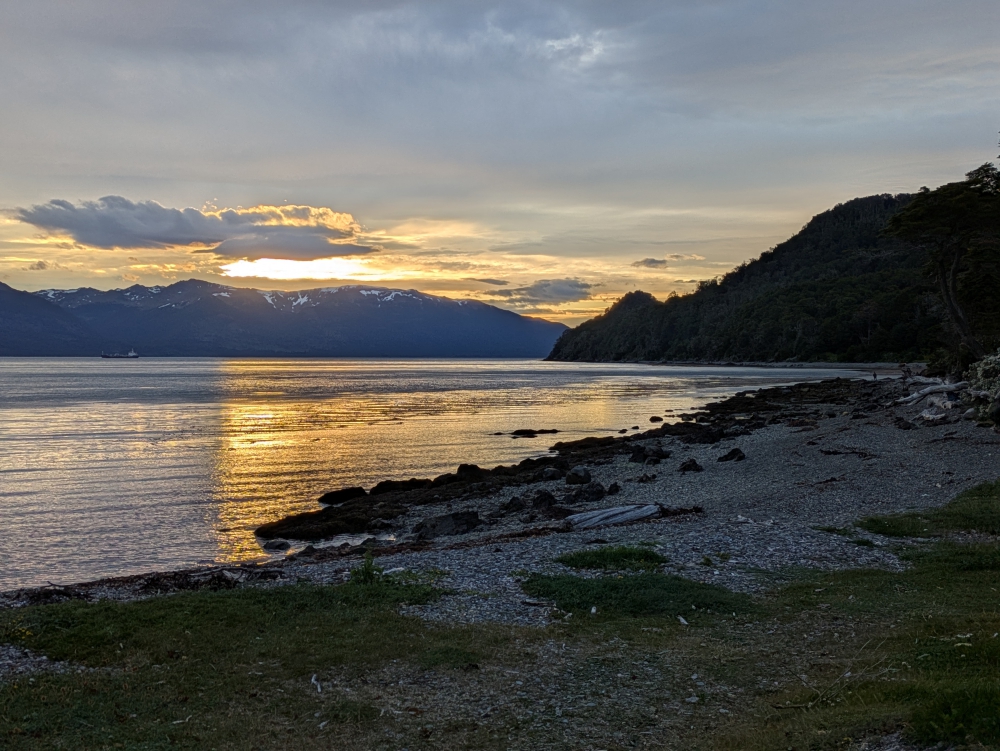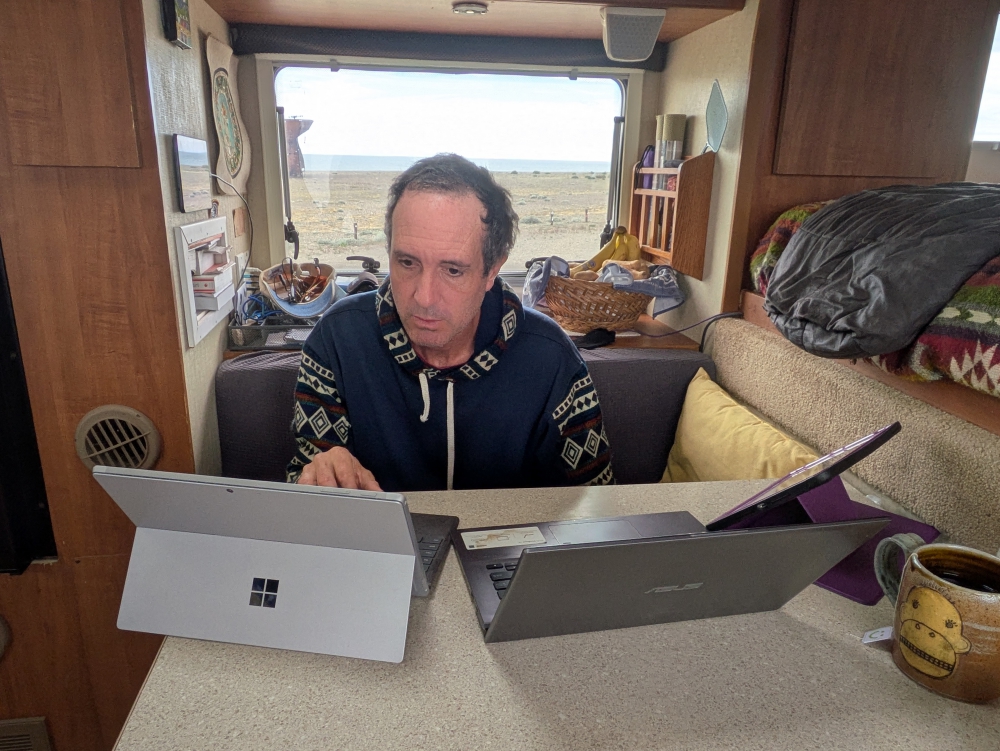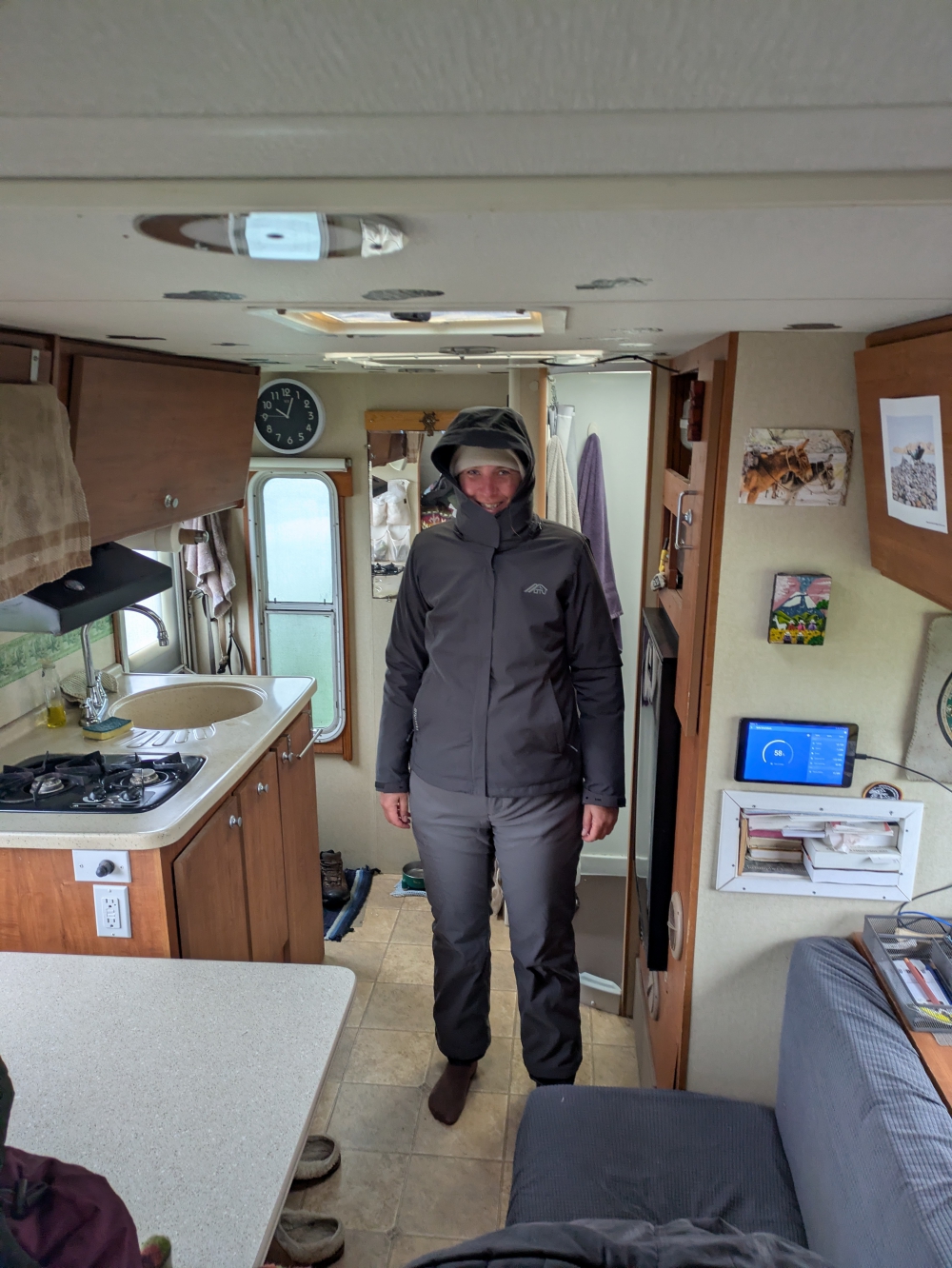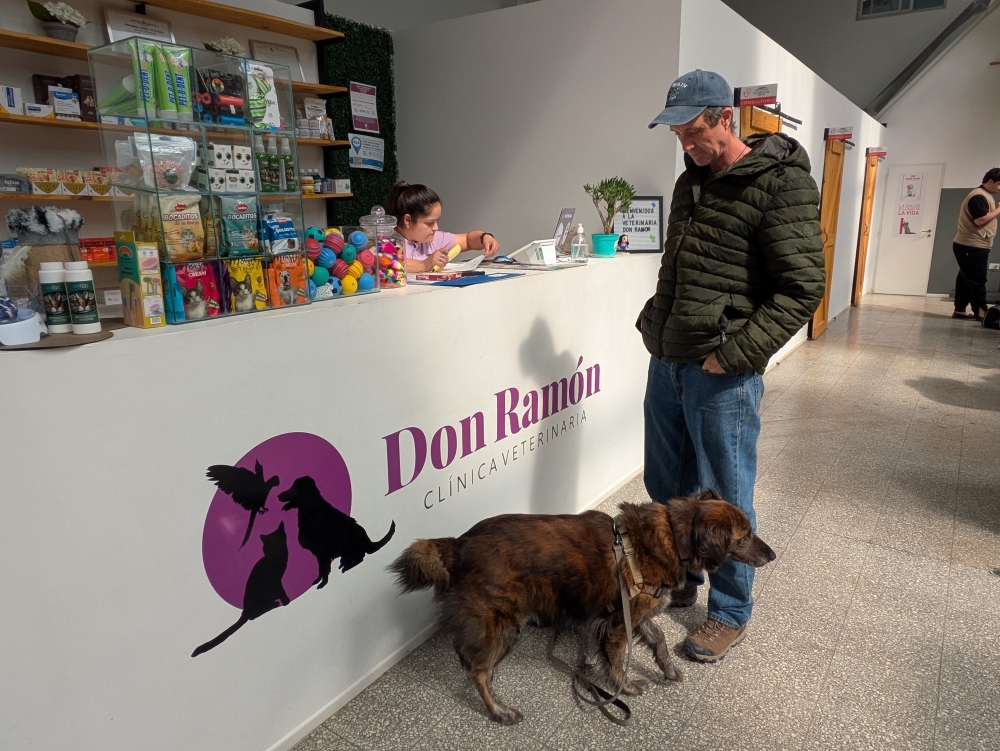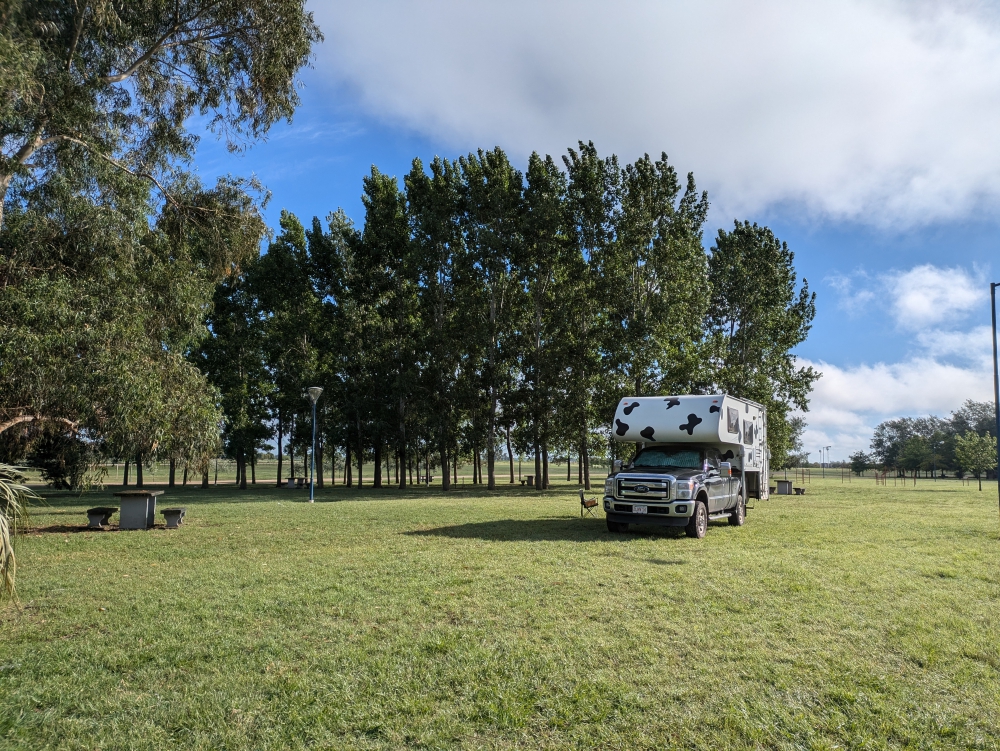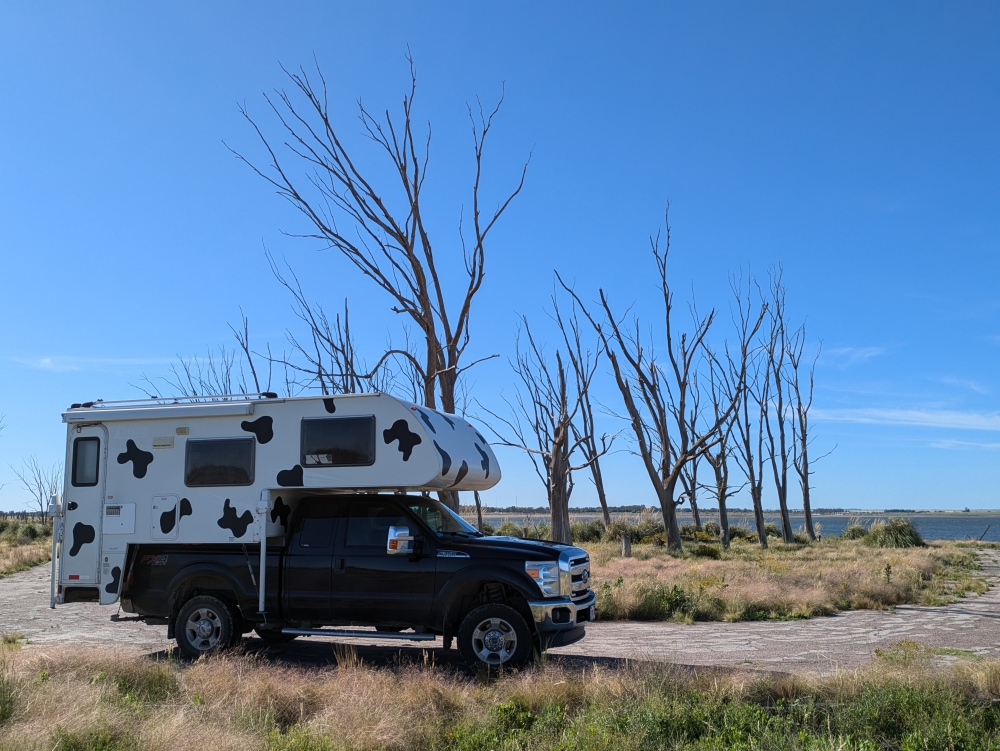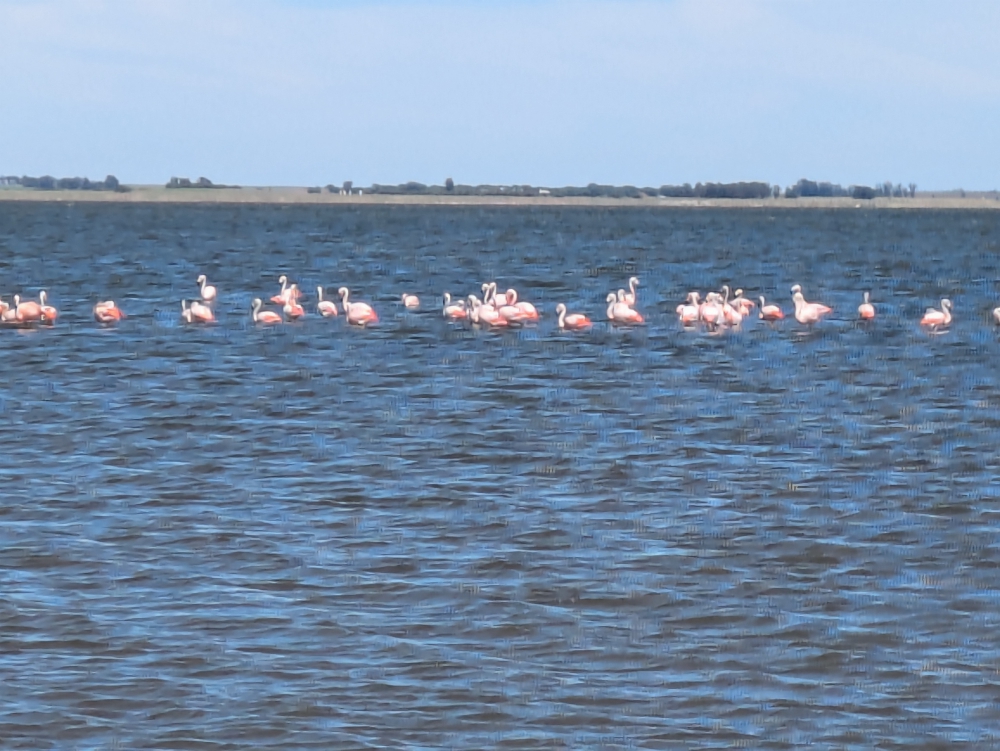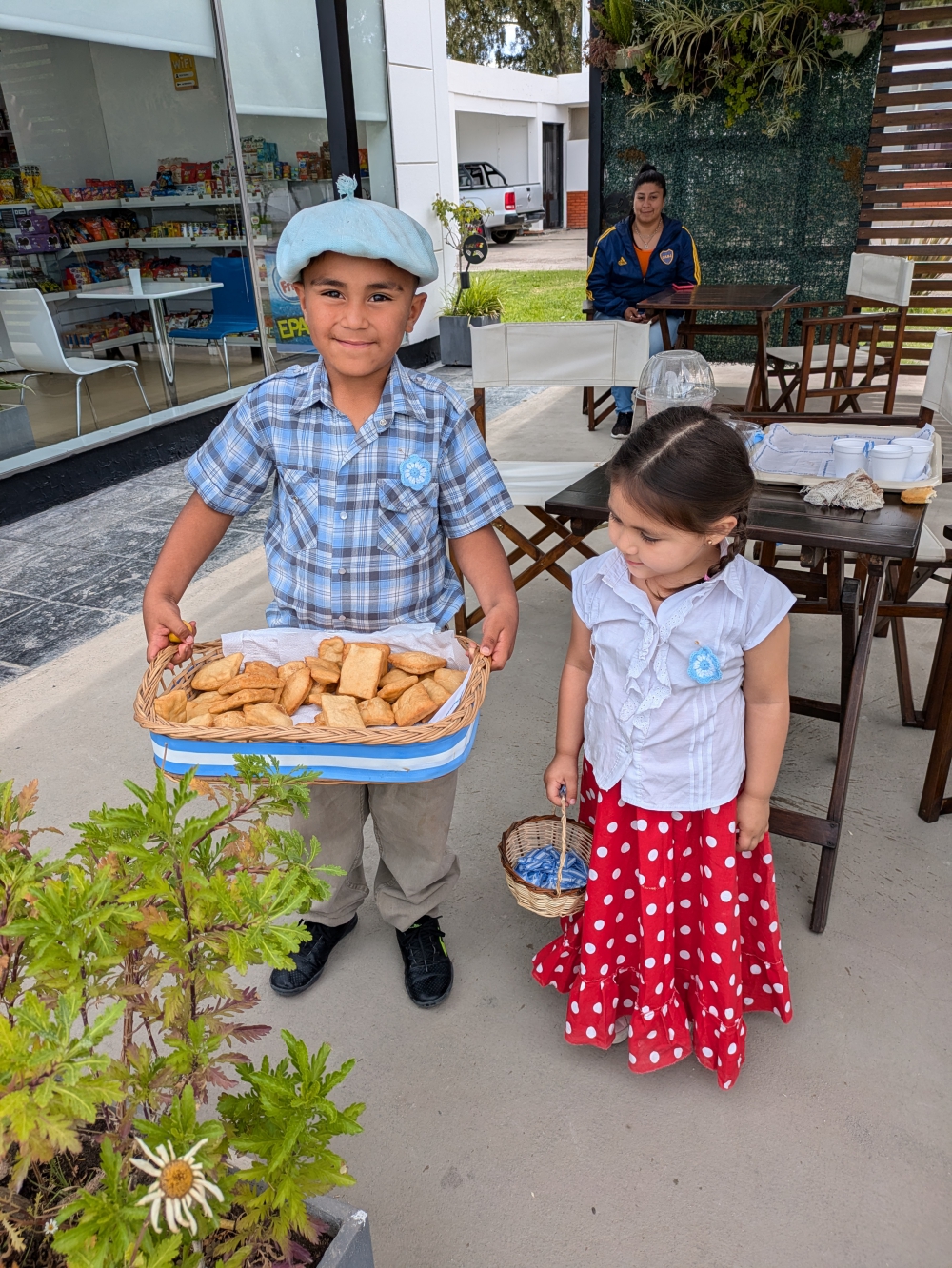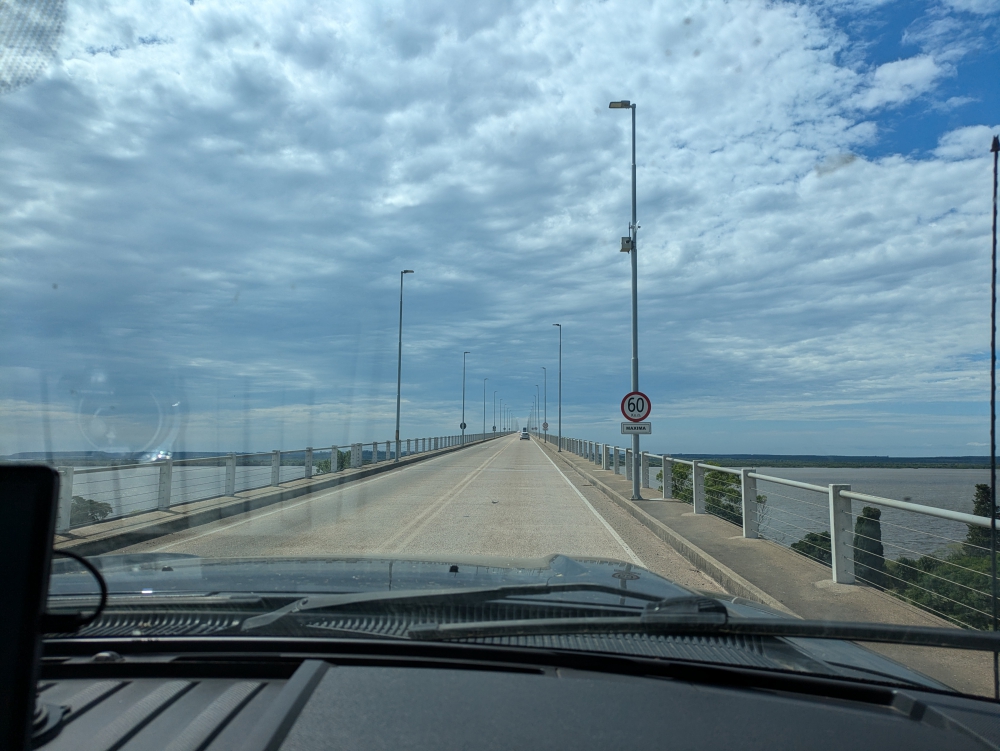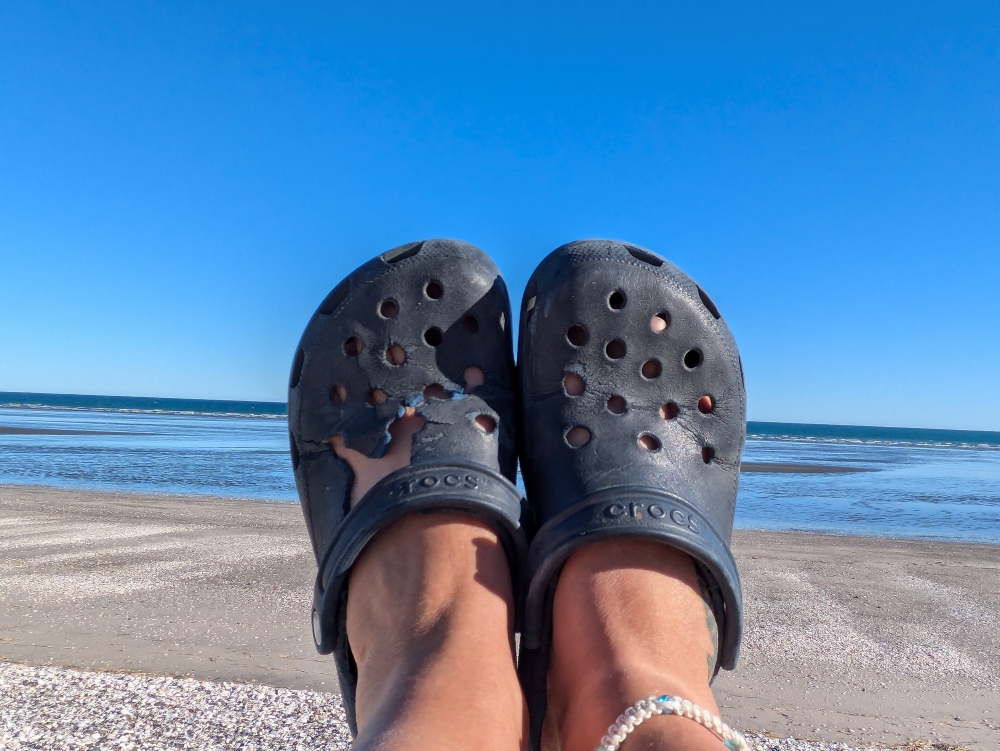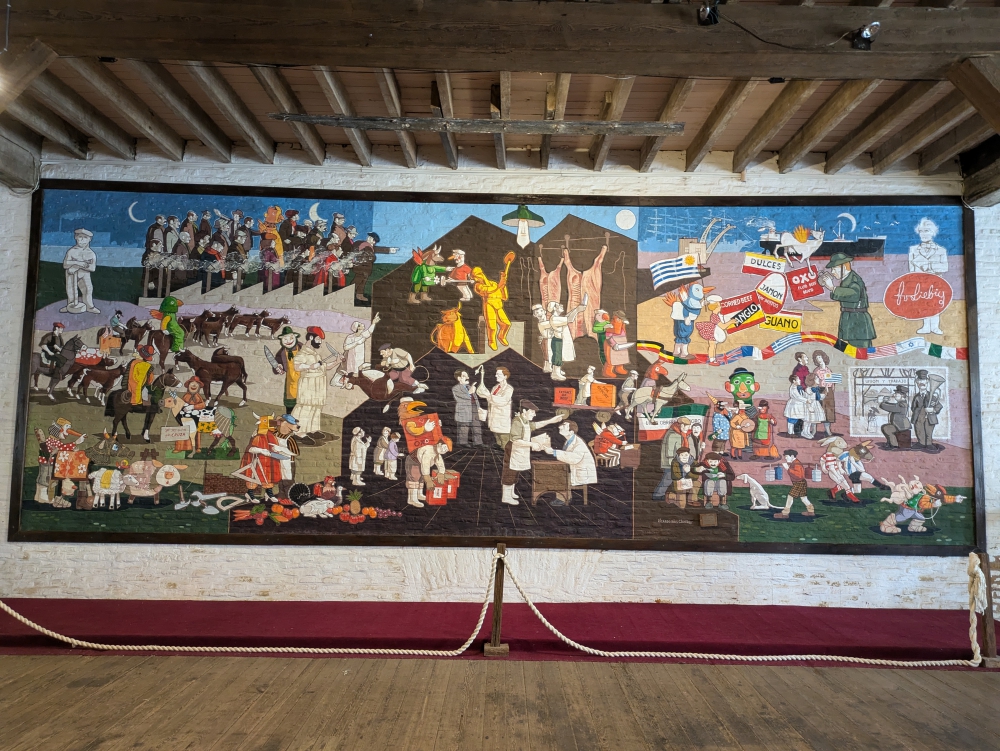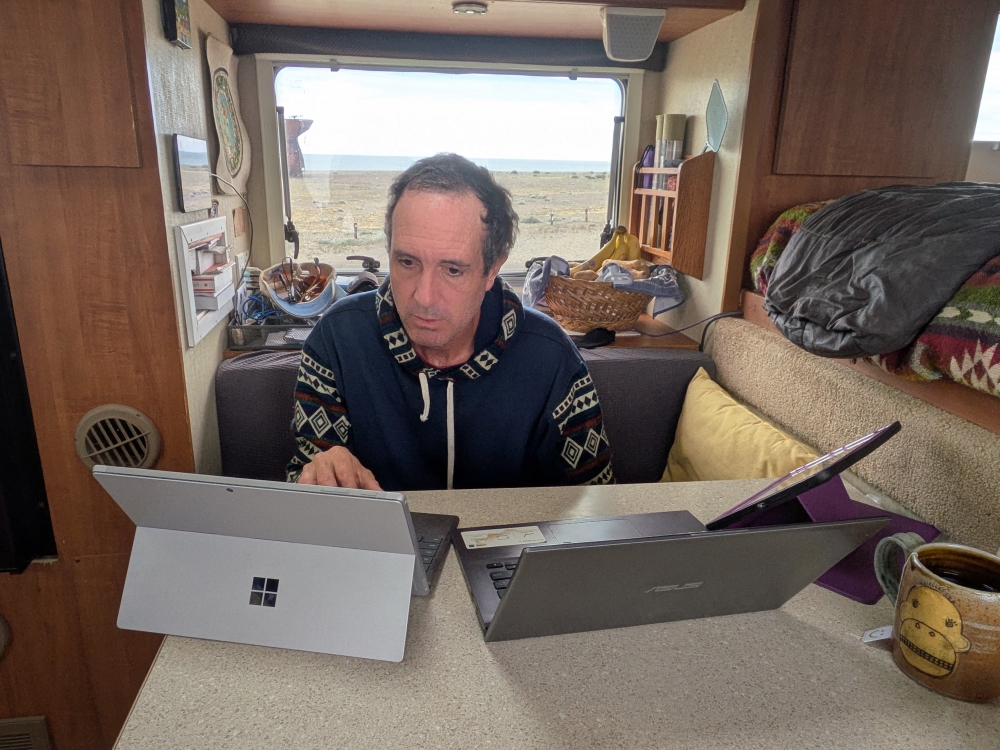
Every month, I post a report of our expenses to show that it is possible to live a comfortable, exciting, and adventurous life without breaking the bank. The less money you spend, the less you need to make. 🙂
This report includes ALL of our expenses, in US$, for two adults and one 60-pound dog (we adopted Maya on June 4th, 2019). Under groceries we incorporate food, produce, and non-alcoholic drinks predominantly bought in supermarkets. Toiletries belong in that category as well. Dining out means eating at a restaurant/event or purchasing take-out food. The health category covers non-prescription medicines and vitamins/supplements; medical contains prescription drugs and doctor’s visits. Because of our income level, Mark and I are eligible for free health care within the state of Massachusetts. For check-ups and extensive care, we return to the US East Coast. Other health issues are resolved locally and out of pocket where needed.
My apologies for posting two expense reports in a row, but we have been very busy driving, sightseeing, and dealing with the demands of life on the road. I returned from Antarctica a month ago and I still haven’t had time to organize my 1,000 photos and videos. That highlight post will take days to create and it’s already the second half of February, so first: our expenses for January 2025!
Mark, Maya, and I spent January in Thirsty Bella, split between Argentina and Chile. The first part of the month, we explored the bottom of the world. Then, I “cruised” to Antarctica for ten days. From the moment I disembarked again, we left Ushuaia and traveled north, crossing Tierra del Fuego and entering Chile. We finished back in Argentina. During these exploits, we paid $500 for fuel.
The car category was the highest, as always. In addition to fuel, we handed over $10 for a self-serve carwash in Ushuaia after driving on wet gravel roads for weeks and 7,000 CLP ($7) went to a tire repair center when entering Chile. It was the exact amount of cash we had left from a previous visit. Lucky!
What was not lucky was how we happened upon this tire puncture… I swear, you can’t make this up. On that first night after leaving Ushuaia, we camped along a remote dirt road in Tierra del Fuego. All the rattling had loosened a screw from our camper, which had fallen on the ground and landed in our track. You guessed it… We backed up onto the screw and discovered a flat front tire in the morning!
The tire repair kit we purchased in the US didn’t work. We had to solve the issue before the strong Patagonia winds started, which would make it unsafe to jack up the car. Mark succeeded in putting the spare tire on in an efficient manner and after an hour (30 minutes wasted on trying to insert a plug first), we were back on the road. Good thing we didn’t have a ferry reservation!
Groceries cost the same as last month ($366) – we finally discovered decent produce in Punta Arenas, Chile, and its cost was half than in Argentina – and we cooked pretty much all our meals as per the usual.
We managed to find another bag of Maya’s special dog food (salmon-based without chicken) in the same city. That stuff is pricy at $100, but it’s a big bag (18kg/40lbs), which should last two to three months, depending on us adding brown rice to her diet. We embraced this particular bag, since it was the last available one in the city!
Our utilities category was higher than usually. The monthly Starlink subscription ($40; the other half is paid by our business) and propane gas ($13) were similar to other months and all our potable water was free, but I spent an extra $35 for internet access on the MV Ushuaia to communicate with Mark. This was a high fee, since I only planned to send one WhatsApp message per day, but it was the lowest amount of data I could buy. This service was through Starlink as well, which meant Mark and I were chatting solely via satellites.
We had medical expenses of $79, since we were both due for teeth cleanings. It was easier spending this money than planning around dentist schedules, as we were both sick and camped at a lovely spot across from the spires of Torres del Paine in Chile. We had to postpone the appointment once.
I believe our alcohol cost ($64) was similar to last month, except, this time we focused on liquor instead of wine. Punta Arenas in Chile – a shopping paradise after dealing with little food availability and high prices for months in Argentina – has a duty-free area, so we stocked up on special booze like coconut rum, Amarula, Tito’s vodka, and 7-year-old Flor de Caña rum. Each of these bottles cost less than $14 apiece. If you know anything about rum – and our favorite brand – you’ll agree this is awesome. Ironically, Mark and I stuck to a mostly “dry January,” which means we still have all of this alcohol! It’ll last a while. 😊
There was a “drinking out” category for January as well. All me. I treated my roommate to a shot of old-fashioned, Argentinian “Old Smuggler” whisky, enjoyed one traditional, Chilean pisco sour, and shared a bottle of red Malbec with table mates on the ship. This added up to $25. You only live once!
Mark, Maya, and I took a $20, 30-minute ferry with Thirsty Bella, leaving Tierra del Fuego to return to mainland South America. We managed to just drive on without waiting. Thanks to that time spent on our flat tire, probably.
As is becoming habit, we washed most of our laundry by hand in January. And, while it is summer here, I can assure you that the glacial river water is freezing cold. Sheets, towels, and jeans were dropped off and picked up clean and fresh in El Chalten, Argentina, for $15.
Mark and I paid entrance fees ($13) for Glacier National Park in Argentina, to witness the incredible Perito Moreno glacier. That will be for a future blog post. Other hikes and excursions were free.
The last category is “gifts.” I bought myself a magnet with our route through Antarctic waters when I was on the expedition ship. I couldn’t resist.
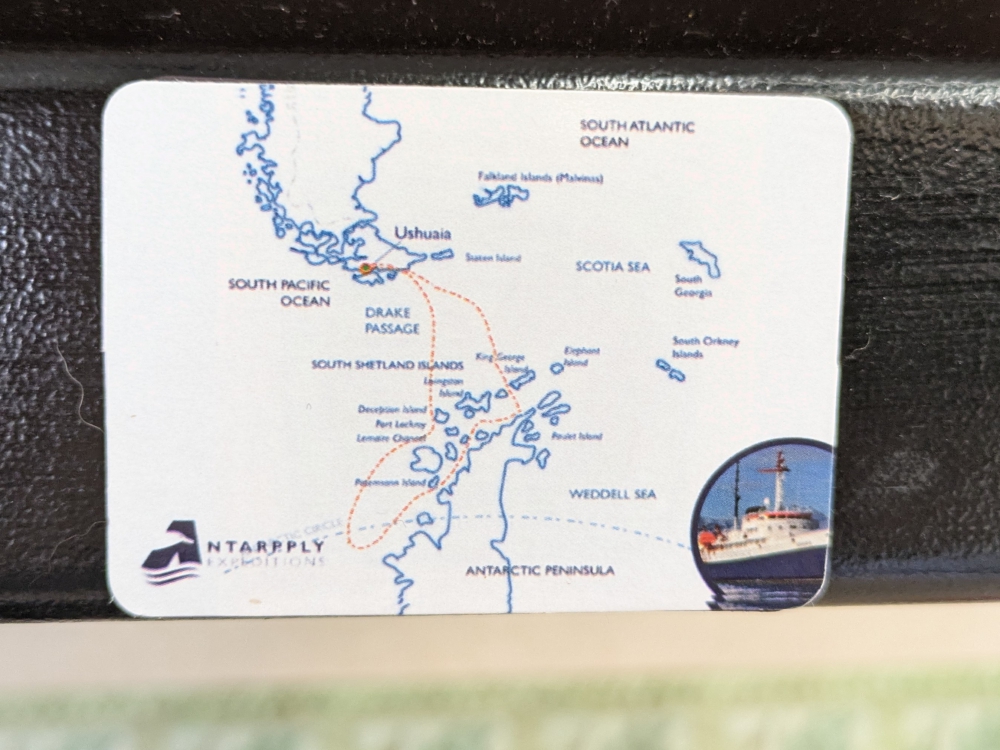
My Antarctica magnet; the only souvenir I bought on this trip.
Actually, the three of us enjoyed two take-out dinners as well, both from the same place, a “bakery” in Puerto Natales, Chile. Their burgers and seafood empanadas were delicious! We used the last of our donation money (except for a special occasion one we are still saving) for these splurges.
Oh, and we camped for free everywhere in January. It was a mixed bag of quiet and not-so-peaceful nights.
And that wraps up a decent month, financially. We stayed under our average of $1,300, probably because I left for ten days and Mark stayed put in Ushuaia during that time.
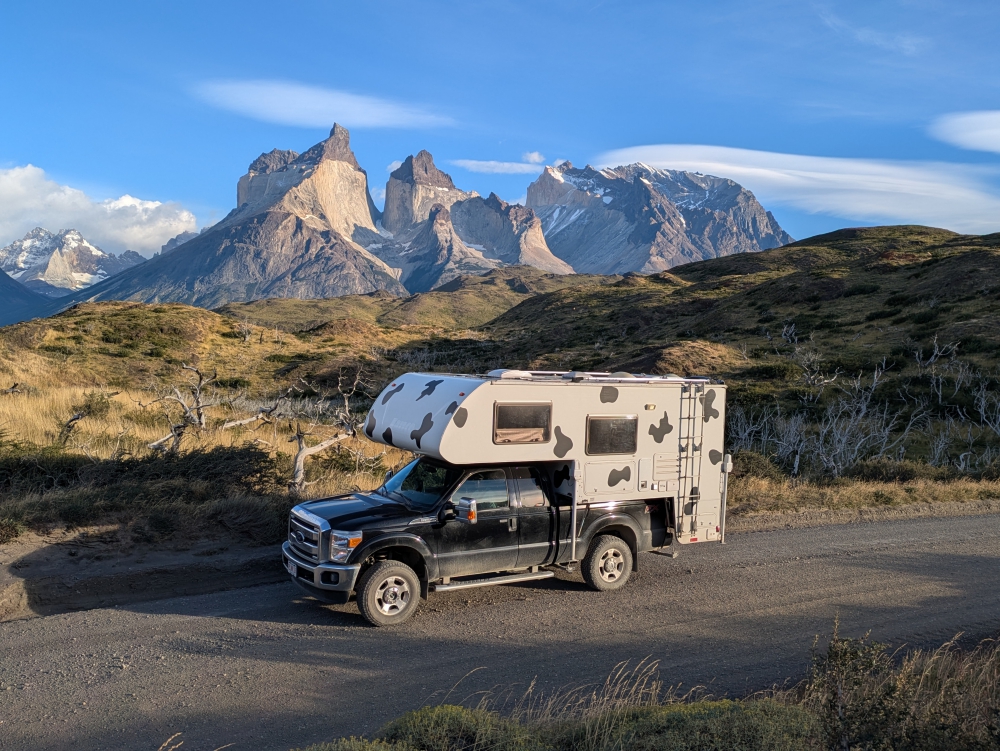
Early drive through Torres del Paine National park – a freebie
January 2025 Overview:
Car (fuel: $481; maintenance: $17):
Groceries:
Dog (dog food):
Utilities (Internet: $75; propane: $13):
Medical (dentist):
Alcohol:
Drinking out:
Transportation (ferry Chile):
Laundry:
Entertainment (Perito Moreno glacier):
Gift:
Dining out:
Camping:
TOTAL:
$498
$366
$100
$88
$79
$64
$25
$20
$15
$13
$5
$0
$0
———
$ 1,273
(It might be easier to read the table when turning your device in the horizontal position.)
Find all our expense reports here. To learn what other full-time nomads spend, check out the blogs of our nomad friends Duwan and Greg at Make Like An Ape Man.
Next up: Antarctica! (Hopefully.)
If you are enjoying these posts, please consider donating to Roaming About in support of our website and lifestyle. A big thank you to all our readers who have helped out in the past!












































































































































































